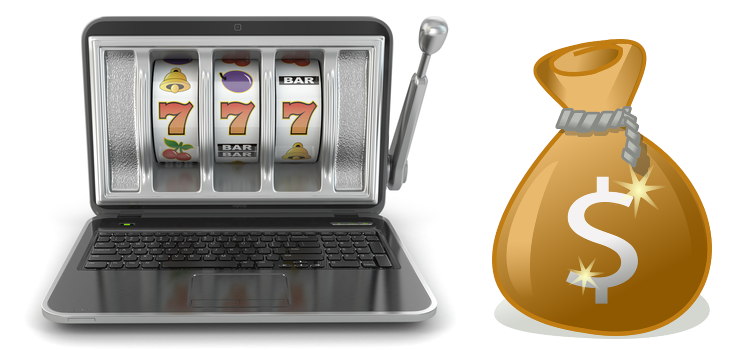Chess is one of the world’s great board games. For centuries chess players around the world have been mesmerized by its challenges, and its great masters have been revered as superstars of a different order — superstars with brains.
** Origins and background of chess
Like many of our popular board games, such as checkers (draughts) and backgammon, chess originated sometime in the first millenium AD, somewhere along the Silk Road that ran between Europe, Egypt, India and the Orient. Most historians trace its origins back to northern India or Afganistan sometime around 600 AD.
As one might expect, there is a good deal of controversy among chess historians about both the date and place of the origin of chess. While some place its origins in China, the most common theory is that the version of chess we are familiar with evolved from a game played in northern India called ashtapada. This game used an 8×8 board (like ours), but had 4 players, and moves were determined by the throw of dice.
As some historians point out, the unique features of ashtapada, and its successor called chataranga, were deeply embedded in Indian culture of the time. The fact that it was a “four-handed” war game was consistent with the division of the country into many kingdoms. And the use of dice to determine moves was a reflection of the importance of Karma in Indian religious thought.
** Evolution into modern chess
The gradual appearance of different types of Indian military forces in the Indian board game known as chataranga — elephants, chariots, cavalry and infantry — was consistent with the transition of the game from a relatively simple “race” game to that of a war game.
In a race game players do not capture or extinguish their opponents. If a player lands on the same square as an opponent, the opponent would simply have to go back to the beginning and start over.
But when the principle of capture or extinction was accepted — where the captured opponent’s piece is taken off the board — this involves a different game concept — a different “mind set”. And it was then just a matter of time before different types of military forces, with different powers and values would be introduced.
This transition from race game to war game is important. But perhaps the most significant evolutionary step — and the one most difficult to explain — was the elimination of the dice as the means of determining moves. As Yuri Averbakh, a Russian chess historian, points out, this was not something that would happen “naturally” within a pure Indian context.
As he says, “To change the Indian war game into chess it was necessary to throw away the dice. Unlike the previous stages which were typical for the evolutional way of the game`s development and were not contrary to the customs of the Indians and their religious beliefs, giving up dice was a radical, a revolutionary step forward that not only changed the game itself but also its philosophy. In fact, that step meant the withdrawal from the principle of Karma – the basic principle of the Indian philosophy. Now the result depended entirely on the players’ will, on their choice. They became complete masters of their destiny.”
According to Averbakh this would not have happened without the influence of Greece upon northern India. This influence stretched back to Alexander the Great in the 4th century BC and developed even further within what historians call the Indo-Greek Kingdom. This was a large area including much of Afganistan and northern India which was conquered by the Greco-Bactrian kind Demetrius in 180 BC.
This kingdom lasted for about 200 years in which time the region underwent a profound synthesis of Greek and Indian religion, culture, languages and symbols. As Wikipedia says, “The Indo-Greek kings seem to have achieved a level of cultural syncretism with no equivalent in history, the consequences of which are still felt today.”
The Greek influence was felt for hundreds of years after the demise of the Indo-Greek Kingdom. According to Averbakh it was this Greek influence that “helpd the Indians to make the final step for chess to appear.” In particular, he mentions that Greeks brought with them the war game petteia. Although it was a simpler game, it had two of the features that chess would eventually gain — players could “kill” each other, and there were no dice. “It was the player himself who decided where and which pieces should move. He had complete freedom of choice.”
** Chess in the Kushan Kingdom
Another writer goes even further in placing the origins of modern chess in the Afganistan/Northern India region, but places that development much earlier than 600 AD. Gerhard Josten, in his article “Chess – A Living Fossil” claims that modern chess is an amalgam of a number of different games. We know this, Josten claims, because of its completely unique feature of having three different types of characters:
1. A relatively immoble center piece — the King — the capture of which is the object of the game.
2. A number of pieces that can make varying long moves — moves that cover more than one space.
3. A number of pieces that can only make short moves — moves that cover only one space.
Josten claims these different pieces originated in different games, and were amalgamated in what we know as modern chess. He claims type 1 pieces originated in Chinese games, type 2 pieces originated in Mesopotamian divination rites — in particular, the Babylonian astrolabe, and type 3 pieces originated in Indian race games.
According to Josten, chess did not spring fully developed into existence in 600 AD but evolved over the first two or three centuries of the first millenium — in particular between 50 BC and 200 AD. This development took place in a number of places — India, China, and all along the Silk Road to Europe — and each of the areas would have influenced the others.
But the most likely place where it all came together was the Kushan Empire, the eventual successor to the old Indo-Greek Kingdom. This was the central Asian area encompassing much of northern India, Pakistan, and Afganistan.
As we saw with the Indo-Greek Empire, this area stood at the crossroads of Europe, India and the Orient, and was deeply influenced by Greek culture. Most importantly, the Kushans were cultural, religious and linguistic synergists. They took elements from various cultures and forged these elements into something new and different.
This, according to Josten, is exactly what happened to the game of chess in the early centuries of the first millenium. It is also why we have so few hard facts about this influential period. As he says,
“Following the gradual disintegration of the Kushan Empire, the neighbouring conquering states each claimed to be the intellectual authors of chess, with no mention of the losers of the battles, the Kushans…. The fall of the Kushan Empire may thus be the main reason why so many facts have been lost and so many unbelievable legends have arisen around the genesis of chess…”
By Rick Hendershot
Rick Hendershot publishes Linknet News | Over 100 Chess Set Designs from ChessBaron – Staunton based Chess Sets | Philippine phone cards, India phone card











No Comment